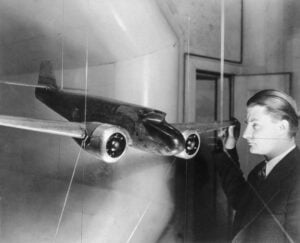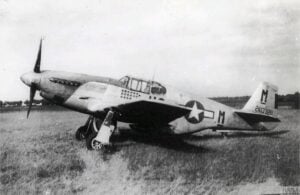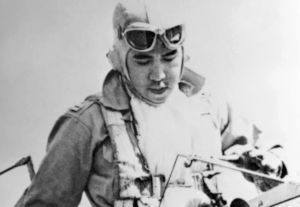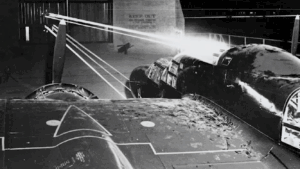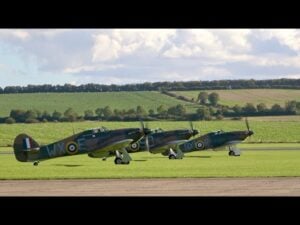Crazy Reason Why Germany Had No Long Range Bombers
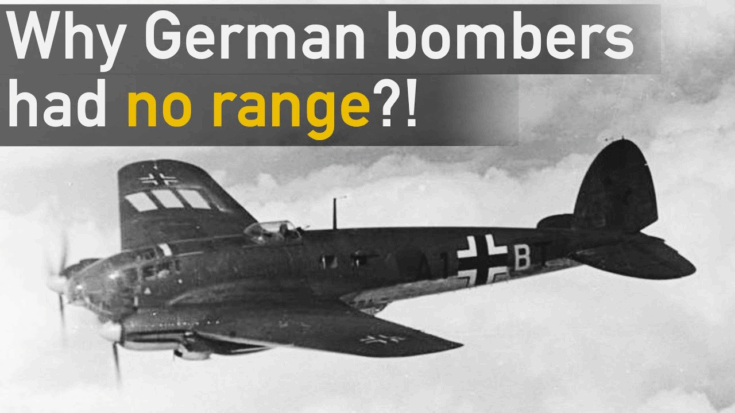
YouTube / Military Aviation History
When you think of World War II airpower, you probably picture the Allies’ massive fleets of B-17 Flying Fortresses and Lancasters leveling German cities from high altitude. So it begs the question: why didn’t Germany field a comparable long-range heavy bomber?
The answer is more complicated than you’d think.
Post–World War I Restrictions
After Germany’s defeat in World War I, the Treaty of Versailles placed heavy restrictions on its military aviation industry. Follow-up agreements in the early 1920s further crippled any chance of developing a long-range bomber force.
By 1922, Germany was banned from building aircraft with:
-
Single-seat designs over 60 horsepower
-
Armament or armor of any kind
-
Engines capable of over-compression
-
Aircraft exceeding 4,000 meters in altitude or 170 km/h at 2,000 meters
-
Fuel capacities over a very limited threshold
In short, any aircraft with true military potential was forbidden. On top of that, they couldn’t export or stockpile aircraft engines either.
Though some restrictions were relaxed by 1926, the changes only applied to civil aviation, not military aircraft. While Germany did work around the treaty through covert operations—partnering with the Soviet Union, outsourcing design work, and setting up dummy corporations abroad—it simply couldn’t keep pace with the aeronautical progress being made in the UK, US, France, and the USSR.
A Different Way of Thinking
This constrained start led to a very different mindset in German air doctrine. Instead of developing long-range bombers to target enemy infrastructure, German planners focused on destroying enemy air forces quickly and supporting ground troops through tactical bombing.
The result? When war broke out, Germany fielded almost exclusively light and medium bombers, optimized for short-range tactical and operational support rather than strategic bombing. That fundamental difference in airpower philosophy would persist throughout the war.
Germany also prioritized building quickly and in large numbers, meaning resources were poured into fighters, trainers, and reconnaissance planes, not heavy bombers.
Too Little, Too Late
By the mid-1930s, Germany had no real long-range bomber program to speak of. It wasn’t until 1938, just a year before the war began, that serious steps were taken—far too late to make a meaningful impact.
The result of those efforts was the Heinkel He 177 Greif (Griffin)—Germany’s first and only long-range strategic bomber to see service during the war. Unfortunately, it was plagued by problems from the start: engine fires, over-complicated design specs, and constantly shifting requirements that doomed the project from within.
The He 177 ended up being a textbook case of too little, too late. It never came close to matching the success or impact of the Allied strategic bomber fleets.














